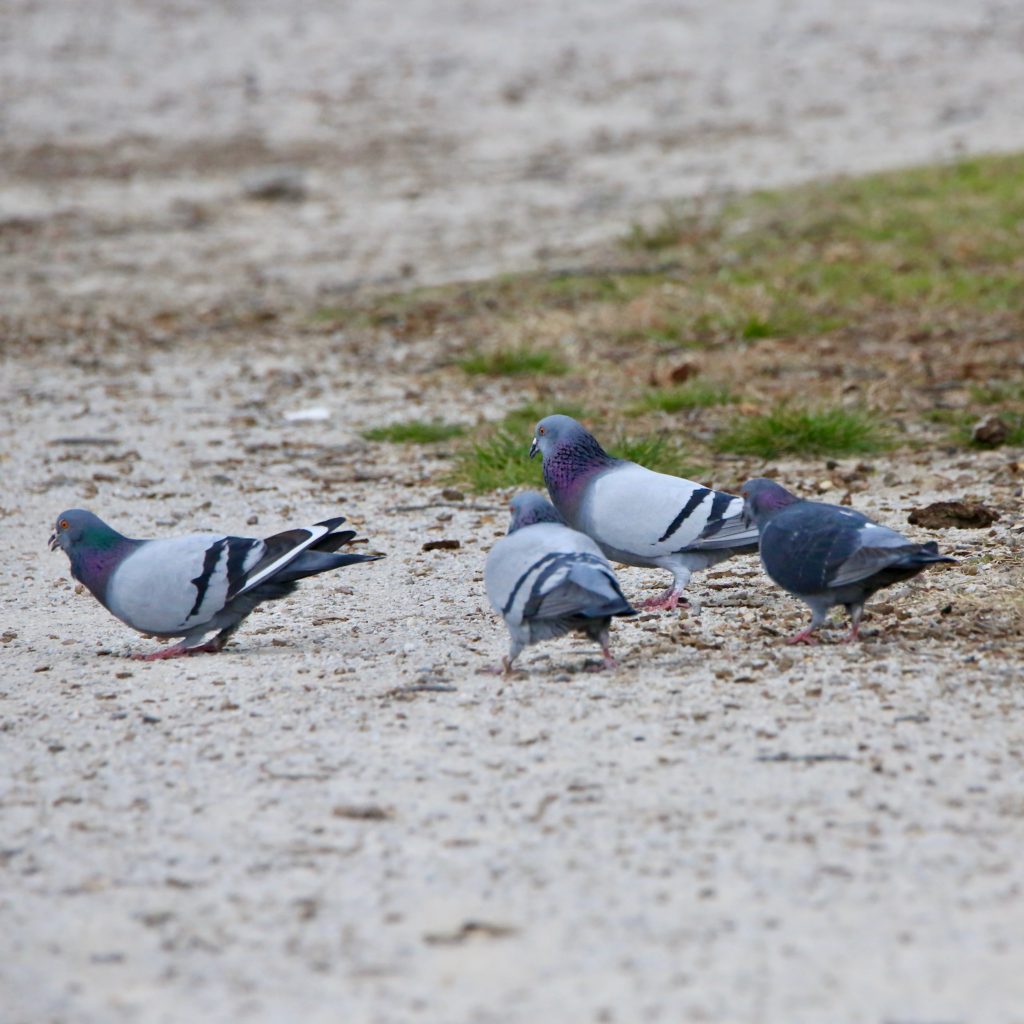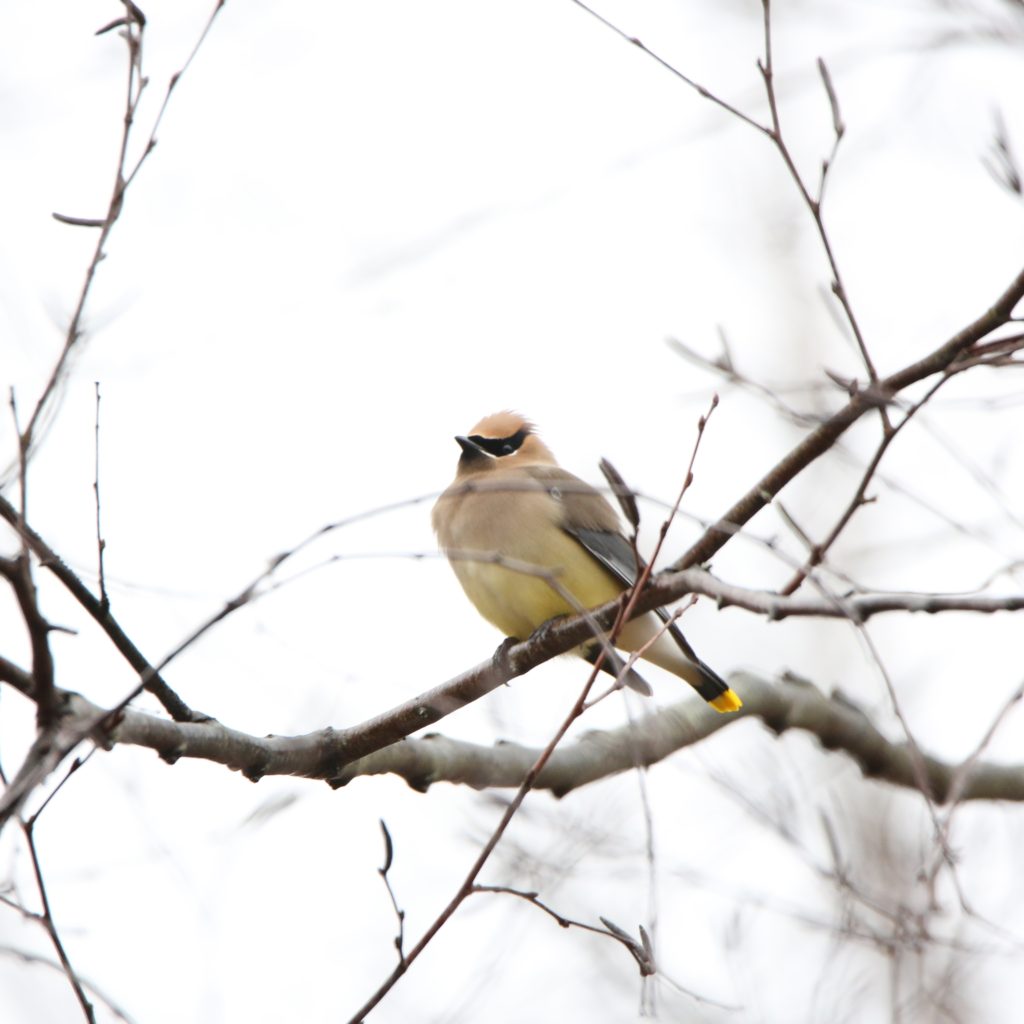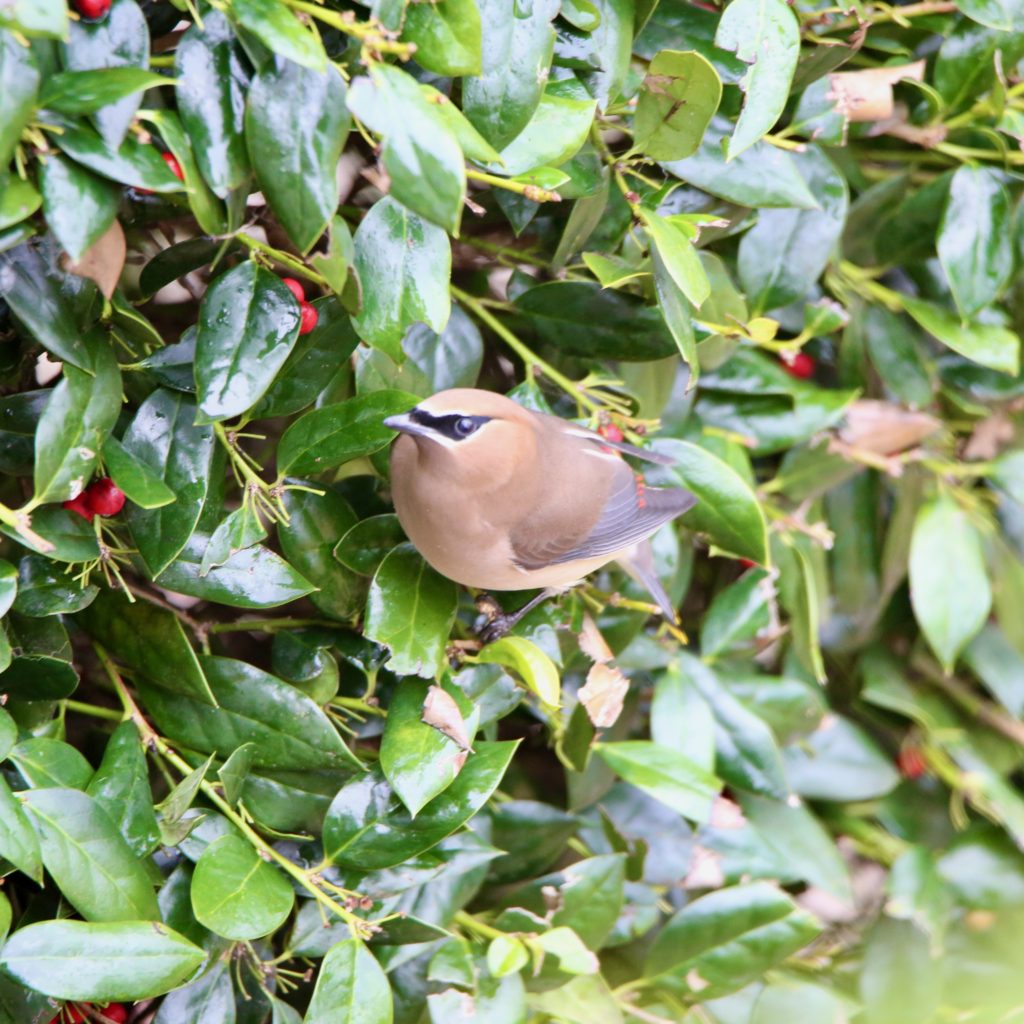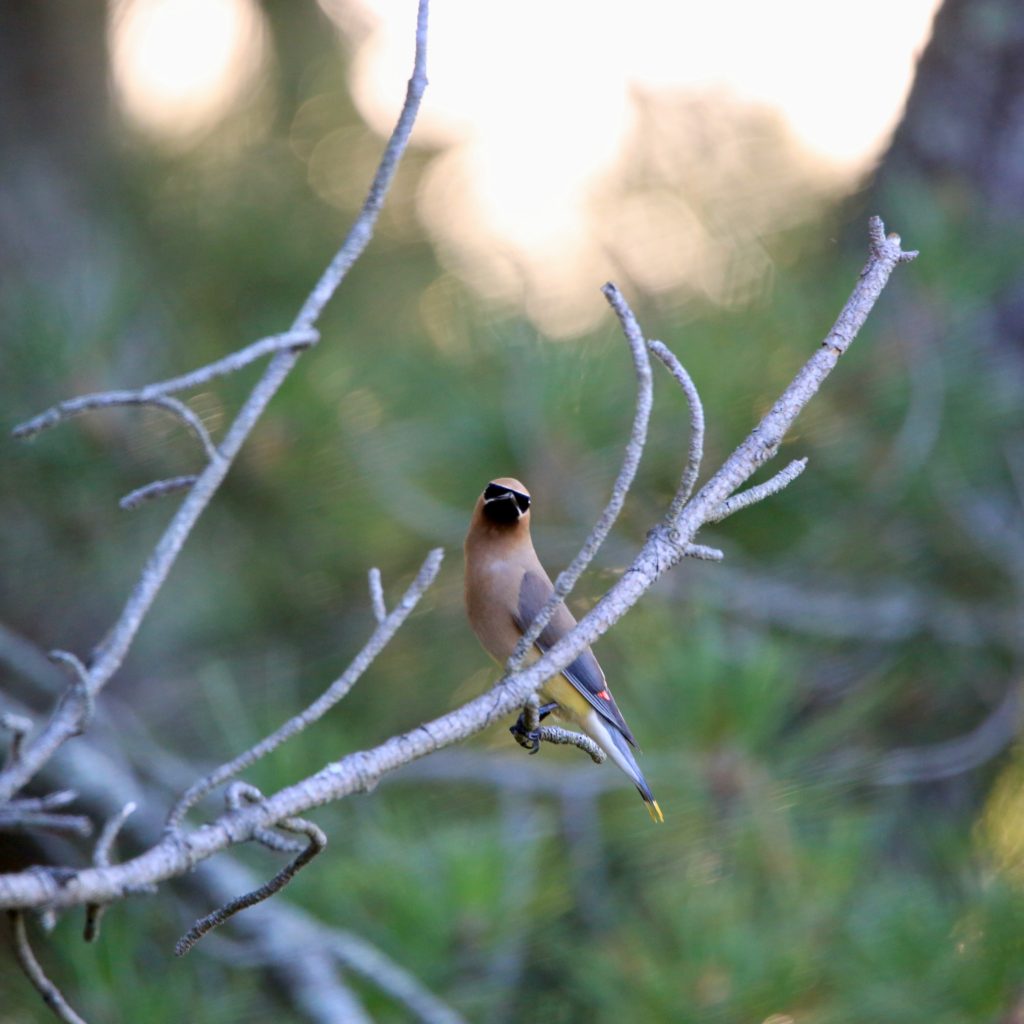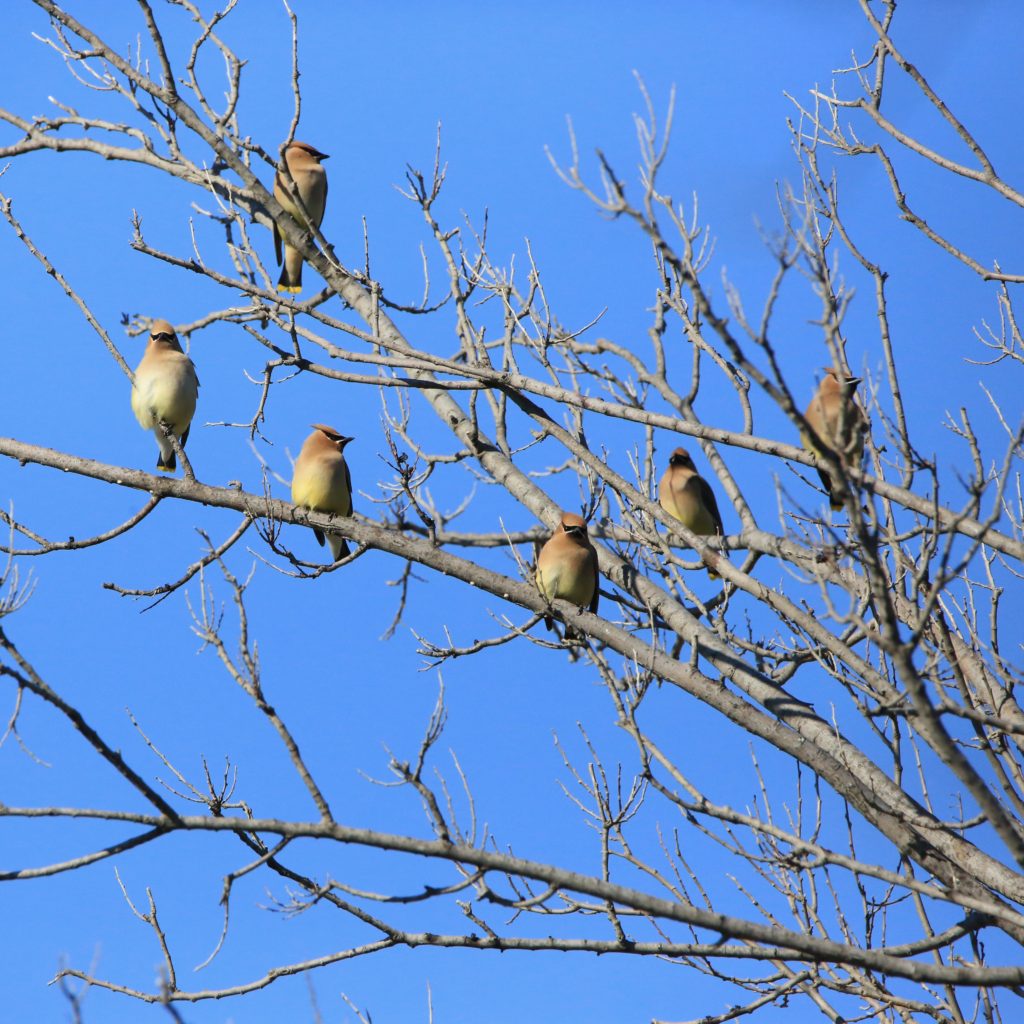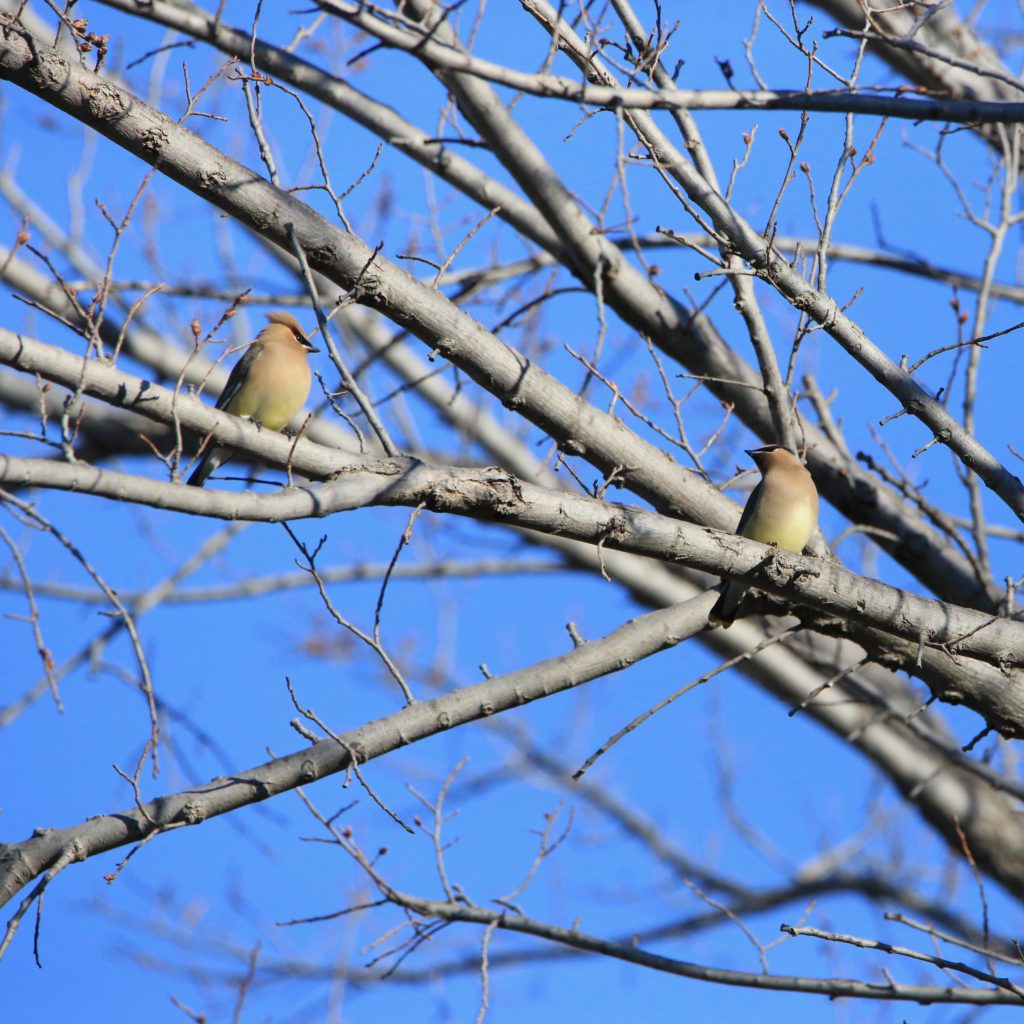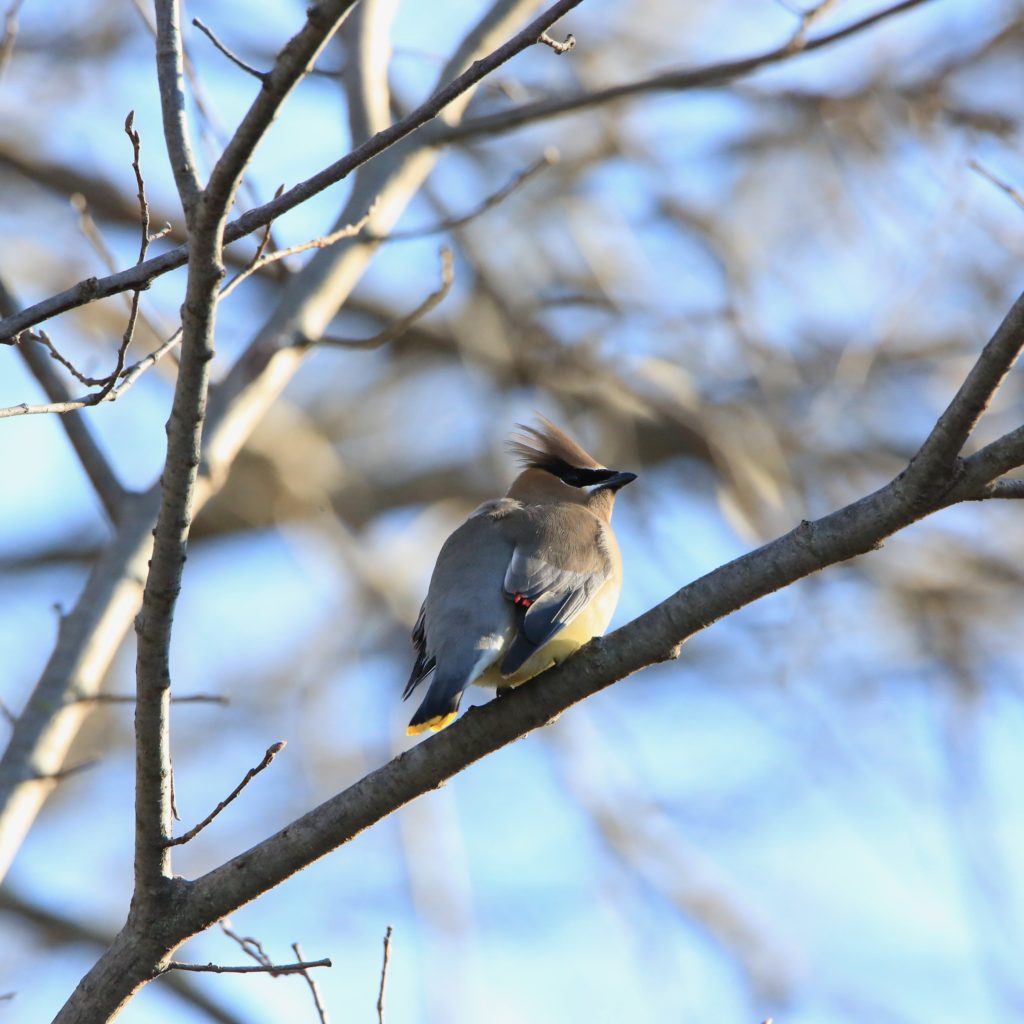
Bird Watching at Badlands National Park
Share
The National Park Service manages this 242,756 acres park. The park covers mixed-grass prairie and pinnacles and buttles that have eroded. One of the reasons why the Badlands National Park is famous is that it reintroduced the Black-Footed Ferret, an extremely endangered species. This park is also an excellent place for birdwatching.
Major Attractions at Badlands National Park
Badlands National Park has several particular places that visitors love. First, there is the Loop Road overlooking most of the park and, as the name suggests, is a looping road. And also, the place is rich in fossils.
South Dakota’s biggest beauty and pride, the eroding buttes, known as the Badlands Walls, is at least once visited by the citizens. On the Notch Trail, you can attempt a short but challenging hike. At the end of the walk, you will be greeted with a fantastic view once you manage to climb the long ladder. If you are looking to buy gifts, there is the
Ben Reifel Visitor Center. You can also get your National park passport stamped there. If you want a dose of cuteness, the Roberts Prairie Dog Town is always there for you.
GET KIDS BIRD WATCHING
Bird Watching at Badlands National Park
A total of 411 species have been observed in South Dakota as of now. About 206 species have been known to roam about Badlands National Park, while 67 of them are residents in the area. It is a crossroads of sorts for the avians, as birds from the east and west show up here. This leads to a beautiful, rich experience for birdwatchers.
The Badland formations, with their steep slope, have always been revered by their visitors. However, a closer look will reveal overhangs, nooks, and hollows on the wall. The summer season sees Cliff Swallows creating their mud nests by using the formations.
On the high steep cliffs, one can note the nests of Prairie Falcons and Golden Eagles. The entire year, these species fly over the Badlands, foraging rigorously. Sometimes, migratory Rock Pigeons visit this place to nest on the ridges and pinnacles. The foot of the formation has Rock Wrens demurely doing knee-bends.
You will find Townsend’s Solitaires feeding on juniper berries on the round Cliff Shelf Nature Trail of half a mile. Year-round, Cedar Waxwings and Black-capped Chickadees are also found here.
Half of the park might belong to the Badland formations, but the other half is greenery in the form of prairies. When we think about Prairie birds, Western Meadowlarks also come to the picture, and this place is no different. Killdeer are also present, happily nesting on the grounds. The dirt is often kicked up, leading to dust formations as Horned Larks frantically search for seeds. Ferruginous Hawks and Short-eared Owls often descend on Prairie dogs as their prey.
10 Birds to See at Badlands National Park
Rock Pigeon
Rock Pigeons are blue-gray in color. They live throughout North America. Their population is steady and not at risk of being endangered. They make their homes in cities, farms, and around bridges. Rock Pigeons feed on food thrown away by humans. Rock Pigeons were used in World War I to carry very important messages. They can find their homes from far distances even without using sight. Rock Pigeons lay 2 eggs, 5 times a year. They build their nests in the same spot each time and sometimes build them in rain gutters and window ledges. Rock Pigeons are not migratory birds.
Cedar Waxwing
Cedar Waxwings have a silky, shiny body that is brown and gray. They have a black mask on their face, a small crest, and red tips on their wings. Cedar Waxwings live throughout North America. Their population is steady and has even increased in recent years. They make their homes in orchards of fruiting trees and in open woodlands. This Waxwing has a high-thin whistle. Many times you will hear a Cedar Waxwing before you will see them. They love to eat fruit and berries. These birds lay 3 to 5 eggs and build nests near other Cedar Waxwings. They do not have a set migratory pattern but are considered nomadic, moving around irregularly.
Black-capped Chickadee
Black-capped Chickadees are gray and white with a black cap. You can find them throughout North America. They are a common bird with an increasing population. These birds live in shade trees and groves. They are easy to attract backyard feeders because they like seeds. They also like insects and berries. Black-capped Chickadees lay 6 to 8 eggs in holes they make in trees. They are not migratory birds; however, some groups have been seen going south in the fall.

Killdeer
Killdeer are brown with white underbellies. They are common birds that are widespread throughout North America. They are not close to being endangered. Killdeer are one of the few shorebirds seen without going to the beach. They make their homes near golf courses, athletic fields, parking lots, and backyards. They eat insects as they run across the ground. These birds usually lay 4 eggs and make their nests on the ground. They are easy to see. Southern Killdeer live permanently in the south; however, the birds found in the north do migrate south.





